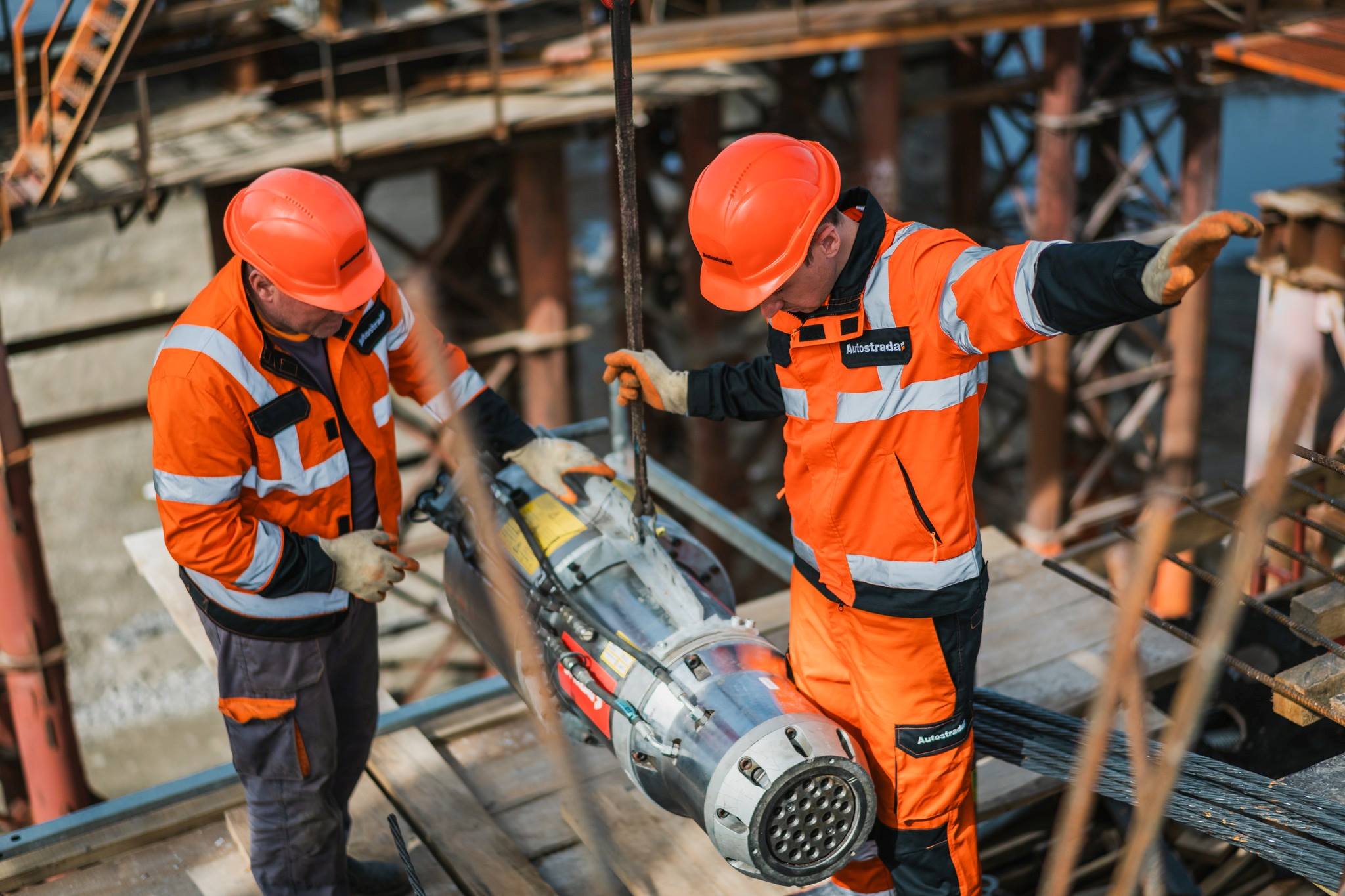The technology of post-stressed concrete is the world's leading practice in bridge construction

Unlike traditional methods of concreting floors in monolithic construction, this technology has a number of advantages:
- the post-tensioned structure is more powerful, more resistant to cracking, thanks to which it is possible to build much longer span structures of the bridge with fewer supports;
- material is saved, in particular, concrete and reinforcement - by reducing the thickness of the slab;
- the design has less weight, looks more aesthetic;
- the durability of the structure increases.
How the post-tensioning process of concrete takes place: after the installation of the formwork is completed, the reinforcement of the structure begins, special channels are arranged into which high-strength steel ropes are wound. After concreting the beam and setting it to the appropriate strength (80-85%), the bundles with high-strength ropes are tensioned with the help of special hydraulic jacks and the ropes are fixed in anchor devices, as a result of which the stress from the high-strength reinforcement (ropes) is transferred to the concrete.



